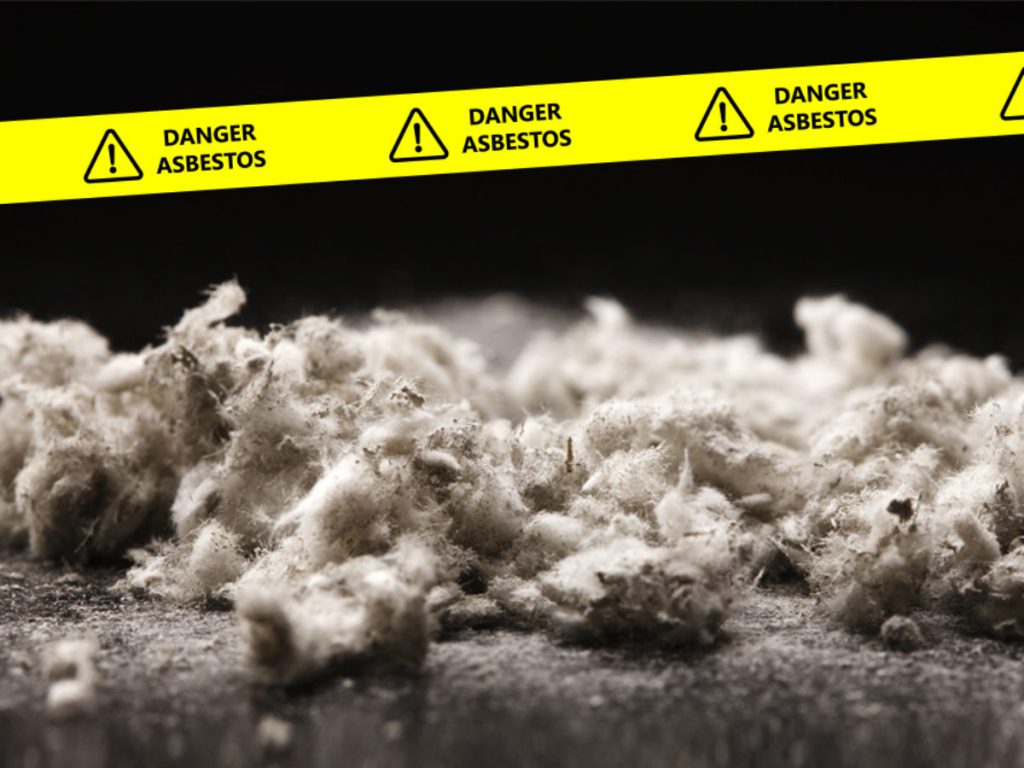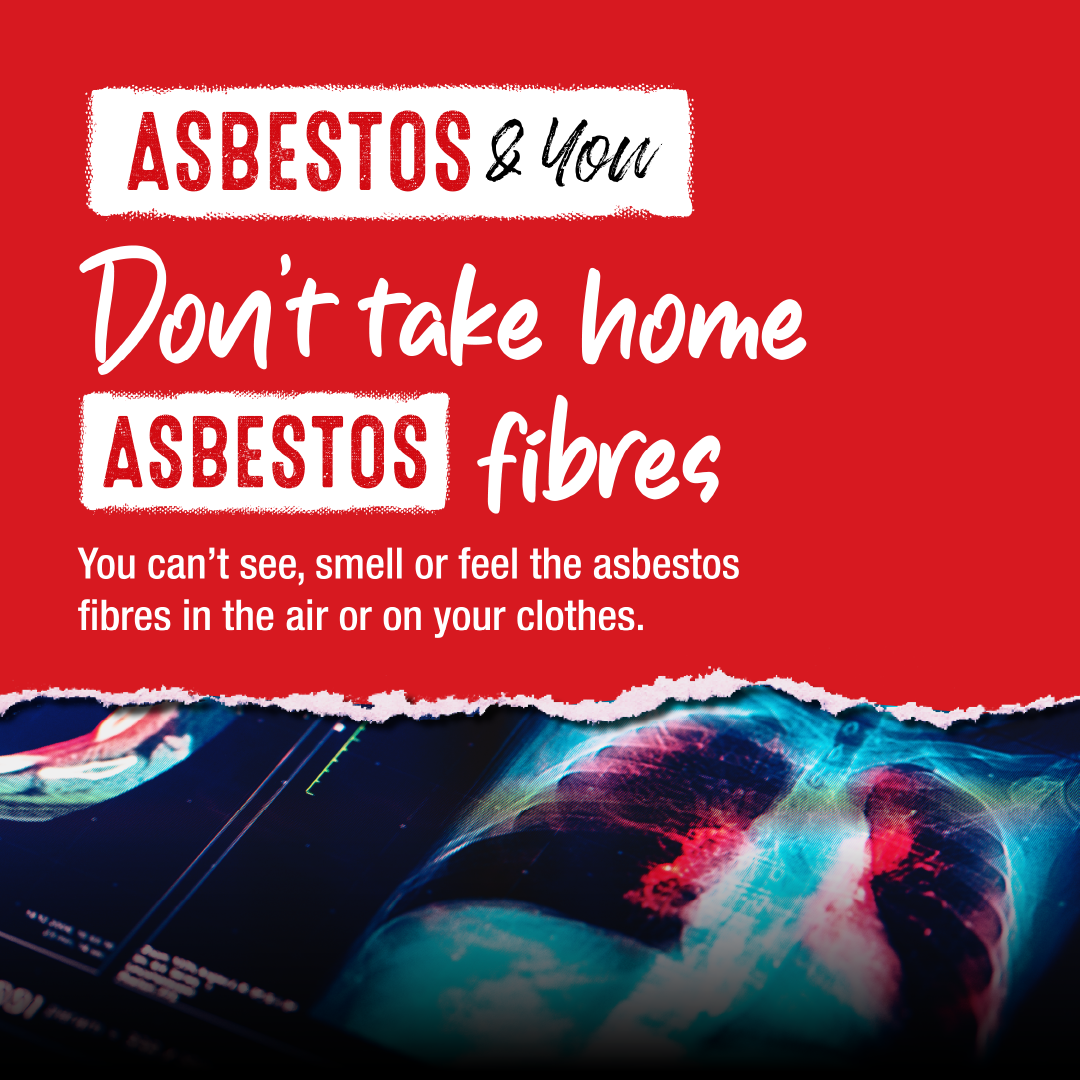We’ve all heard of asbestos, but how much do we REALLY know about it?
So, what is it?
Asbestos is a naturally occurring mineral that was once commonly used in building materials for its heat-resistant and insulating properties. We now know that exposure to asbestos can lead to serious health issues, including lung cancer, mesothelioma, and asbestosis.
Dangers of asbestos have been known since the early 20th century. It was discovered that workers in asbestos mines and factories were developing lung diseases at an alarming rate. Around the 1960s and 1970s the link between asbestos exposure and lung diseases were widely accepted by the medical community.
In the UK, the use of blue (crocidolite) and brown (amosite) asbestos was banned in 1985. The use of all types of asbestos was banned in 1999. Since then, there has been a growing awareness of the dangers of asbestos. Because asbestos was so widely used in the past, it can still be found in many buildings and products today.
Some examples include:
- Insulation materials in buildings, such as pipe insulation, boiler insulation, and ceiling insulation
- Textured coatings, such as Artex, used on walls and ceilings
- Cement products, such as roofing tiles, wall panels, and gutters
- Brake pads and linings in older vehicles
- Some types of electrical components, such as fuse boxes and switches
- Certain types of protective clothing and equipment, such as gloves and aprons used in welding and high-heat environments

Why is it so dangerous?
It is important to note that the presence of asbestos does not necessarily mean that it poses a danger.
Asbestos-containing materials that are in good condition and left undisturbed are unlikely to release fibres into the air. If asbestos-containing materials are damaged or disturbed, they can release dangerous fibres into the air, which can be inhaled or ingested and pose a serious health risk.
Asbestos becomes dangerous when its fibres are released into the air and are inhaled or ingested. When asbestos-containing materials are disturbed, such as during demolition, renovation, or routine maintenance, the fibres can become airborne and easily inhaled. Once inhaled, asbestos fibres can become trapped in the lungs and cause scarring and inflammation. Over time, this can lead to the development of serious lung diseases, including lung cancer and mesothelioma.


It is SO important to take proper precautions when working with or around materials that may contain asbestos.
Prior to the Year 2000 there is a chance that a building may contain asbestos. This is why Its important to have it inspected by a professional. If asbestos is found, it should be handled and removed by a licensed professional who is trained to handle it safely.
Protecting your people
Personal Protective Equipment is an essential part of protecting workers from occupational health hazards, including exposure to asbestos. When working with or around asbestos-containing materials, workers must wear the appropriate PPE to prevent the inhalation or ingestion of dangerous asbestos fibres. This typically includes respiratory protection, such as a properly fitting respirator, as well as protective clothing, gloves, and eye protection. PPE alone, however, is not enough to protect workers from the risks of asbestos exposure.
Employers must also implement effective control measures. These include minimising the release of asbestos fibres through proper handling and removal. Providing adequate training and supervision. Workers need to be aware of the dangers of asbestos and how to handle it safely. By combining PPE with effective control measures, strong occupational health and safety practices, employers can help ensure that their workers are protected from the health risks associated with asbestos exposure.
The HSE Asbestos and you campaign.
The Health and Safety Executive (HSE) has launched the Asbestos and you campaign to raise awareness of the risks of asbestos exposure and promote safe handling and removal practices.
The campaign includes resources such as videos, posters, and leaflets that can be used to spread awareness in workplaces and communities.


Some stats
According to the Health and Safety Executive (HSE), asbestos is responsible for over 5,000 deaths in the UK each year. This makes it the single biggest cause of work-related deaths in the country. Despite being banned in the UK in 1999, asbestos can still be found in many buildings and products today
The HSE takes the issue of asbestos very seriously and has prosecuted a number of individuals and companies for breaches of asbestos regulations. According to the HSE’s annual statistics report for 2020/2021, there were 9 prosecutions for asbestos-related offenses resulting in a total of 11 convictions. The average fine for these offenses was £63,343, with the highest fine being £150,000. These prosecutions demonstrate the HSE’s commitment to enforcing regulations and holding those responsible for exposing workers and the public to asbestos to account.
if you want to know more, you can contact us or visit our services page for more information




